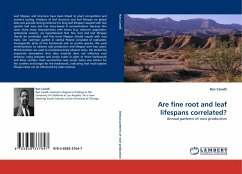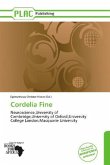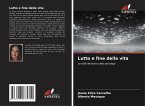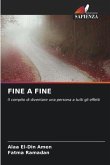Leaf lifespan and structure have been linked to plant competition and nutrient cycling. Analyses of leaf structure and leaf lifespan on global data sets provide strong evidence for long leaf lifespan coupled with low specific leaf area and low mass-based N concentrations. Because fine roots share many characteristics with leaves (e.g. resource acquisition, ephemeral nature), we hypothesized that fine root and leaf lifespan should be correlated, and fine roots lifespan should couple with root traits. Our common garden in central Poland consisted of replicated, monospecific plots of five hardwood and six conifer species. We used minirhizotrons to observe root production and lifespan over four years. Minirhizotrons are used to nondestructively observe roots. We tested the important assumption that tube material does not influence root behavior using butyrate and acrylic tubes in plots of three hardwoods and three conifers. Root survivorship near acrylic tubes was shorter for the conifers and longer for the hardwoods, indicating that multi-species lifespan data can be influenced by tube material.
Bitte wählen Sie Ihr Anliegen aus.
Rechnungen
Retourenschein anfordern
Bestellstatus
Storno








